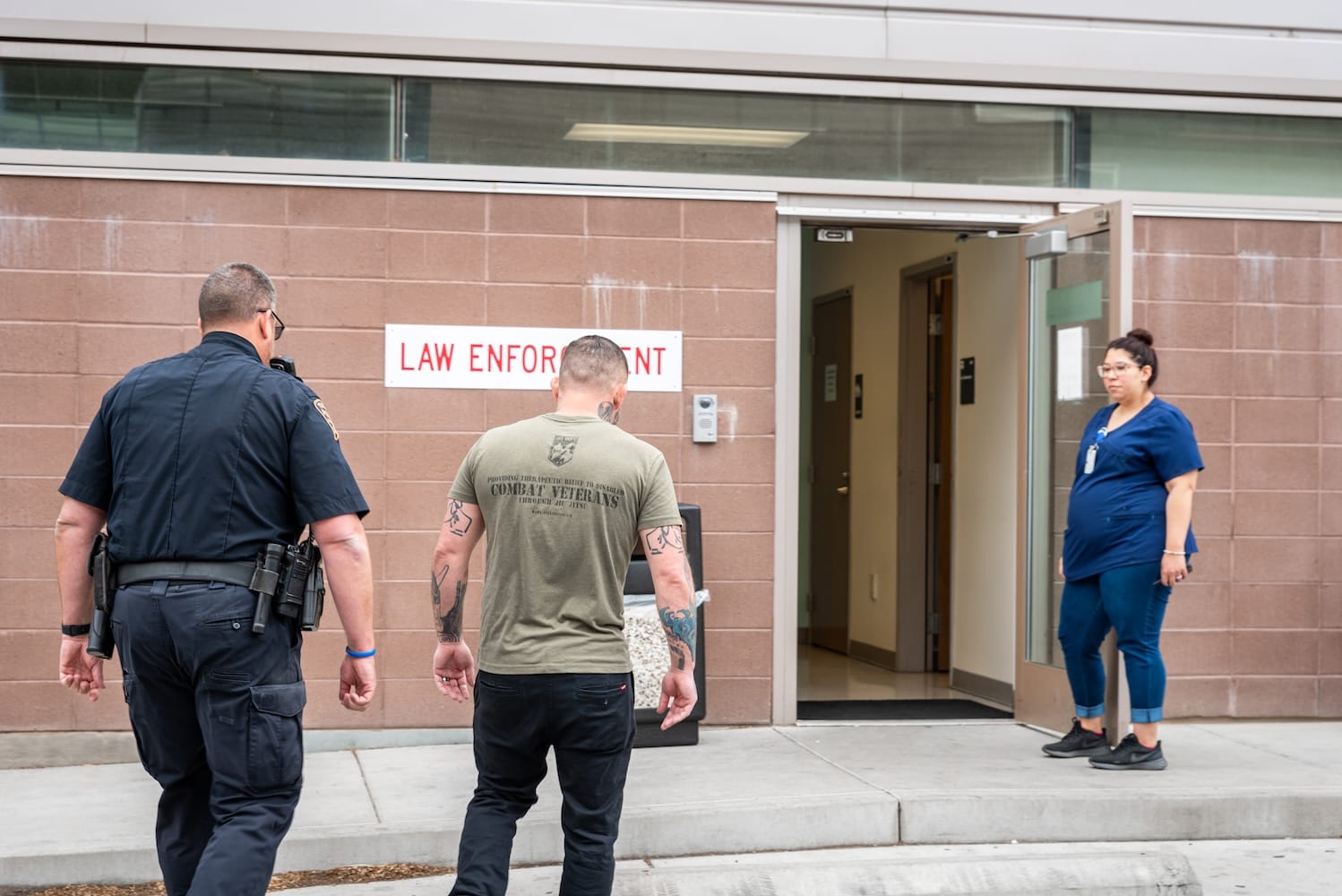People experiencing mental health crises can't afford to wait - but with behavioral health urgent care centers and the 23-hour observation model, they now have access to care in hours rather than days.
While a 911 call for a medical emergency like chest pain results in an ambulance response with trained emergency medicine technicians, a call for a behavioral health emergency like suicidal ideation often triggers a law enforcement response. With police as the default first responders, individuals experiencing a behavioral health emergency, often called or referred to as a crisis, account for a quarter of police shootings and more than 2 million jail bookings each year.
An individual with chest pain who presents at an Emergency Department (ED) is seen quickly. They are triaged and medically treated with the hope that further hospitalization is avoided. If more care is needed, that individual receives admission to an inpatient unit, usually in the same hospital. An individual with a behavioral health emergency has a very different experience. Most EDs lack the capability to provide behavioral health assessment and treatment. When an individual is in crisis and intervention is needed, admission to inpatient psychiatric bed is often the only option for them to receive care. An individual can “board” in the ED for hours, even days, awaiting transfer to the hospital’s psychiatric unit or an outside facility for inpatient psychiatric admission. In addition to the poor experience for the individual in crisis, this creates significant operational and financial burdens on the health care system.
The 23-hour observation treatment model is rooted in the belief that a large percentage of individuals in behavioral health crises can be stabilized outside of psychiatric hospitals with appropriate crisis intervention, treatment, and planning for further outpatient care. This model offers faster, higher quality care than other treatment options, eliminates the need for costly admissions and allows the individual to safely return to their community to recover. A trained provider sees individuals within 38 minutes of arrival, and in less than 24 hours, 60% - 70% of individuals who present involuntarily agree to voluntary care during their stay.
Admissions to the unit can be voluntary or involuntary and people can enter treatment in two ways: through a walk-in urgent care lobby or through a separate and secure law enforcement drop-off entrance. All Connections’ facilities and staff are trained and equipped to receive voluntary and involuntary law enforcement drop-offs and accept individuals without requiring medical clearance, allowing us to effectively stabilize and treat.
Everyone who is admitted to our 23-hour observation unit sees a behavioral health provider as quickly as possible and treatment frequently begins at the door during the person’s arrival. We treat, observe, and engage with each individual in a way that encourages stabilization so they can return to their community as soon as possible.
If an individual does not meet Connections observation unit criteria, it does not mean they are not seen or treated. Individuals still see a provider, but through our urgent care clinic. Being seen in the urgent care setting allows individuals to receive a psychiatric evaluation, start medication, and receive treatment and a discharge plan, as needed. Individuals are seen by a trained crisis worker within 23-minutes of arrival and visits typically last less than 2-hours.
The 23-hour observation treatment model represents a transformative approach, offering hope for individuals facing behavioral health crises. By providing rapid, high-quality care, eliminating the need for costly hospital admissions, and focusing on stabilization and community reintegration, we ensure that everyone in crisis receives the timely and appropriate care they deserve.

%20(5).png)
%20(4).png)
.png)